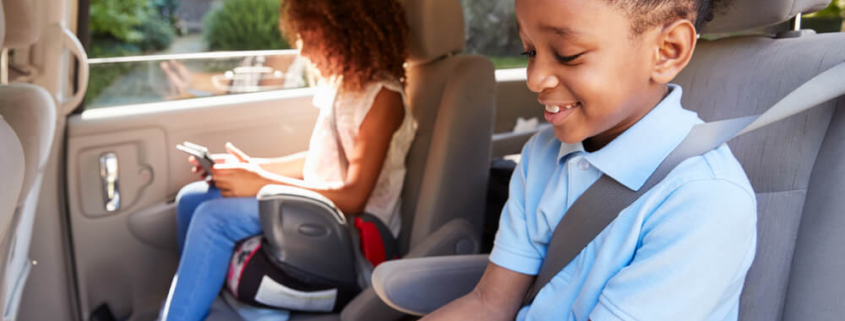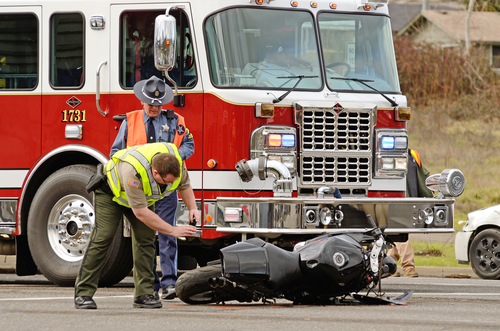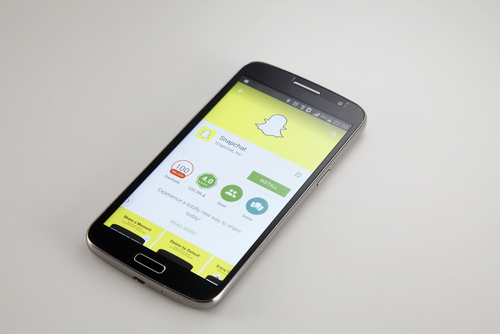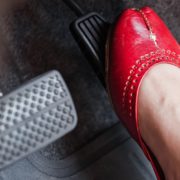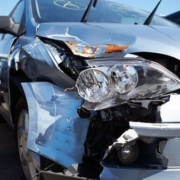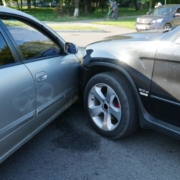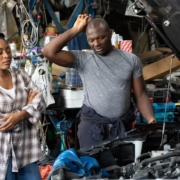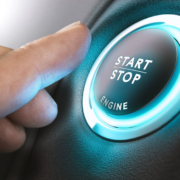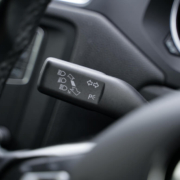How Unsafe Booster Seats Cause Injuries in Side-Impact Crashes
If you walk through the baby section at any major retailer, you’ll see all sorts of safety claims on the products—especially car seats and booster seats. Seats might claim to be the safest on the market, to protect children in a wide weight range, or to have extra safety features that set them apart from the competition.
But what happens when companies don’t live up to their promises and their unsafe products lead to a child’s serious injury or death? As booster seats come under fire because of misleading claims, parents have questions. Testing shows that booster seats are often ineffective when it comes to side-impact car crashes.
If you or someone you love has been injured in a side-impact crash, we’re ready to talk to you about your options. Call Peake & Fowler at 803-788-4370 to set up a consultation right now.
Companies Hiding Unfavorable Testing Results
Many booster seats come with claims about side-impact testing. But are these claims intentionally vague? “Side-impact tested” implies that they have been tested but does not necessarily say that the test results were positive.
An investigation by ProPublica found that, despite manufacturer claims, side-impact crashes could kill or seriously harm kids in booster seats. While the investigation originally started with Evenflo—one safety engineer recommended increasing the weight limit to 40 pounds—several other companies were quickly pulled in. In total, there are seven companies being investigated for their misleading claims.
These Crashes Are Very Dangerous for Children
Independent research on side-impact crashes has shown that these collisions are extremely dangerous for children. Shocking videos show crash test dummies being thrown around like rag dolls, slamming into the edges of the seatbelt, and being tossed across the backseat. You would think that no manufacturer would ever put their seal of approval on these types of results, but at least seven did.
Research from ProPublica indicates that among all children killed in car crashes in 2018, more than 25% of those deaths occurred in side-impact crashes. This is due to the lack of protection offered to children. While a front-impact or rear-end crash has the rest of the car as a buffer, all that protects children from side-impact crashes is a lightweight door.
Tests conducted by Evenflo were consistent with this outcome, with some tests showing kids being thrown far out of their shoulder belts. In reality, a child moving that way would likely suffer fatal head or spinal injuries.
The Government is Stepping In
In response to these disastrous testing results and evidence that the car seat companies knew about them, Congress acted. The U.S. House Committee on Oversight and Reform’s Subcommittee on Economic and Consumer Policy initiated a probe into booster seat safety. They found that the NHTSA was directed to develop side-impact test standards to be used by all manufacturers.
The NHTSA never did, and so manufacturers were able to develop their own tests and use whichever standards they felt appropriate. Because of this, companies could say that their booster seats “passed testing” when in fact it would be nearly impossible not to pass.
The NHTSA is now under fire for its inaction despite clear and direct instructions. They have finally proposed a law that would prohibit manufacturers from saying that their seats were safe for children 30 pounds and up since testing shows that children really need to be at least 40 pounds to enjoy any safety benefits.
This proposed law could take months or years to work its way through the legislative process. In the meantime, children are in danger when they sit in booster seats.
Safe Car Seat and Booster Seat Usage
What can parents do? They can follow expert recommendations for car seat and booster usage, rather than relying on manufacturers to tell them what is best for their child. Pediatricians and other experts recommend that children stay in a regular harnessed car seat for as long as possible, indicating that parents should only consider switching to a booster seat when their child is at least 40 pounds.
Call Peake & Fowler After Your Side-Impact Crash
What’s your next step after a side-impact crash? It’s time to fight for the compensation you deserve. Set up a meeting now by calling Peake & Fowler at 803-788-4370 or contacting our team online.

